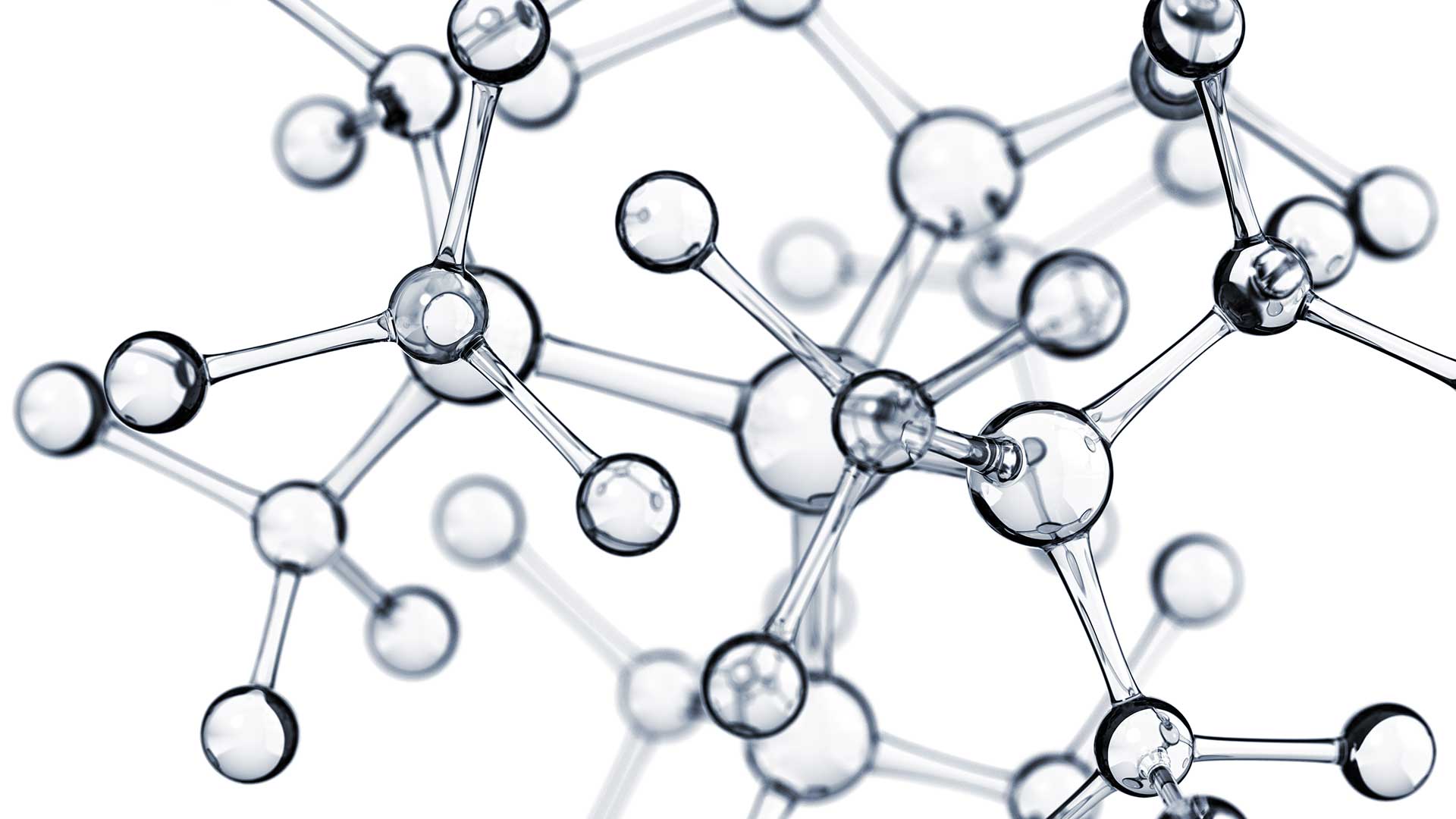| Name | Dibutyltin Oxide DBTO |
| CAS | 818-08-6 |
| Formula | C8H18OSn |
| Synonyms | DBTO DBOT Dibutyltinoxostannane Dibutyl(oxo)tin Dibutyltin(IV)-oxide Di-n-butyltin oxide |
Importance of Dibutyltin Oxide for the Economy
Among the economically most important applications of dibutyltin oxide are paints and coatings, especially in the automotive industry and for industrial applications. As a stabilizer it ensures longer product life cycles in plastics.
In addition, DBTO is an essential intermediate for the production of other organotin compounds such as dibutyltin dilaurate, which is also widely used as a curing catalyst in polyurethanes and silicones.
Paints and Coatings
The catalytic properties of dibutyltin oxide are used for various paints and coatings, most notably for cathodic electrodeposition. Dibutyltin oxide is considered “the” standard catalyst for crosslinking in cathodic electrocoating. In the course of the process, an approx. 20 µm thick primer is applied to the surface of the components to protect them from corrosion and physical damage.
Other areas in which DBTO is used as a curing catalyst include water-based polyurethane coatings, silicone-based systems, polyester resins and alkyd resins, where it has proven its worth as a catalyst for high-temperature transesterification reactions as required in the production of powder coating materials and alkyd resins. It is also employed in widely used paints (oil paints and varnishes).
Coatings, to which dibutyltin oxide is added as a process additive, can be used in many everyday products, to whose protection and durability they contribute. In the automotive industry, car bodies and other components are coated that have to withstand environmental influences. Sports equipment, such as ski poles or boat masts, are also coated, some of which withstand highly corrosive weather conditions.
DBTO is also used in the construction of chemical apparatus (cooling towers, tanks, etc.). The hardening accelerating effect of the catalyst is also used for many floor coatings.
DBTO as a Binder Catalyst
In addition to paints and coatings, dibutyltin oxide is used as a binder with a wide variety of end-uses. For alkyd resins, it is a catalyst with a wide range of applications (among others for non-drying, long-oil alkyd as a polymeric plasticizer). Polycarbonates, silicones and polyurethane foams are also among the fields of application.
DBTO is also used for various polyester resins. As a binder it catalyzes unsaturated polyester systems needed in glass fiber reinforced plastics, carbon fibers or laminates. Another example are casting resins for the insulation of electronic components.
In Oleochemistry
Here dibutyltin oxide is used as a liquid, very active catalyst for esterification: in plasticizers, for lubricant esters, surfactants and for fatty acid esters. It can be used just as widely in the catalysis of transesterification reactions as in regioselective alkylation, sulfonation and acylation, even if alcohol groups are contained in the starting material.
Other Applications
Dibutyltin oxide is an extremely versatile chemical. Previously described characteristics make it interesting for dyes and the manufacture of pharmaceuticals.
However, DBTO not only has catalyzing properties, but stabilizing ones as well, which is why it is used as a PVC stabilizer. DBTO increases resistance to hydrolysis and the thermal stability of the plastic.
There are also food-approved DBTO-containing products used for products that come into contact with food.
Product Variants
Dibutyltin Oxide is offered by BNT in different variants. BNT-CAT 430 is used for the production of plastic stabilizers and as an esterification or transesterification catalyst. BNT-CAT 431 (DBTO fine) and BNT-CAT 435 (DBTO wet) are catalysts used especially in cataphoresis (cataphoretic painting, cathodic dip coating).
| BNT Product Name | Product Variant | Short Form |
| BNT-CAT 430 | Dibutyltin oxide | DBTO |
| BNT-CAT 431 | Dibutyltin oxide fine | DBTO fine |
| BNT-CAT 435 | Dibutyltin oxide wet | DBTO wet |
BNT-CAT 430
BNT-CAT 430 is a powder that is difficult to dissolve in water or organic solvents. It is shipped in fiber drums with polyethylene insert bags or in big bag containers.
In sealed original packaging and when properly stored, the product has a minimum shelf life of 6 months without any loss of quality.
BNT-CAT 431
BNT-CAT 431 is a colorless powder that is difficult to dissolve in organic solvents. Due to its fine particle size it appears dusty. It is supplied in fiber drums or in bags with conductive polyethylene inliner. Avoid heat and humidity during storage. When the original packaging unit is closed, it has a minimum shelf life of 6 months without any deterioration in quality being expected.
BNT-CAT 435
BNT-CAT 435 is a colorless moist powder. It shows low solubility in organic solvents. In handling it is not dusty. The product is supplied in fiber drums and should be stored protected from heat and moisture. If the original packaging remains closed, it has a shelf life of at least 6 months without any risk of deterioration.


